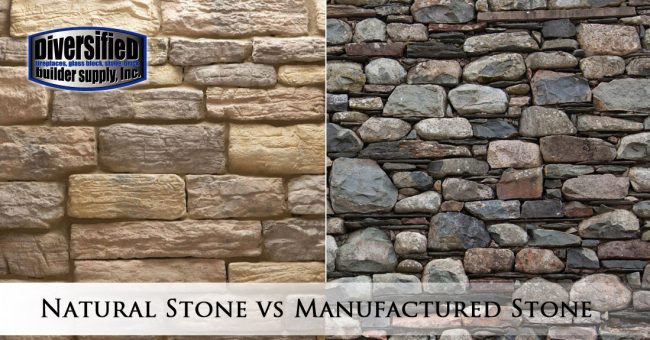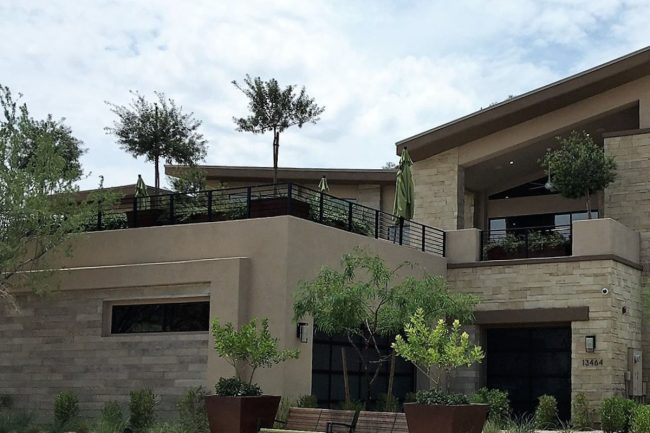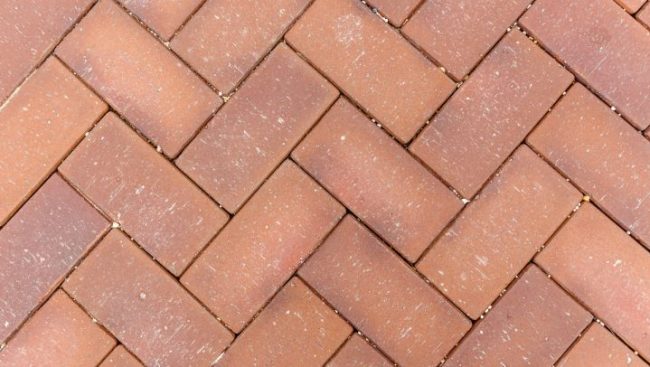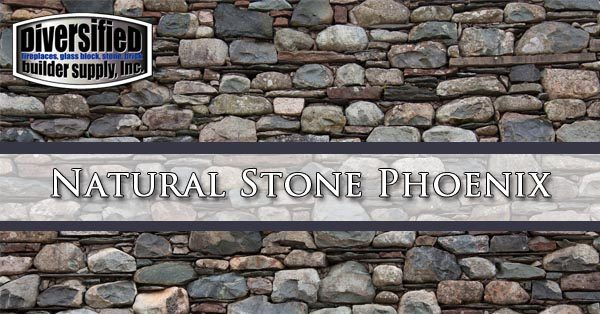Is Manufactured Stone Environmentally Friendly?
Diversified Builder Supply, Inc. can help! Call us today at 480-961-3780 for more for a free stone veneer quote. We supply only the highest quality stone veneer products that will compliment your property with elegance and hardiness. Manufactured Stone Manufactured stone is rapidly becoming the top choice for many home design or redesign projects. It is much…




